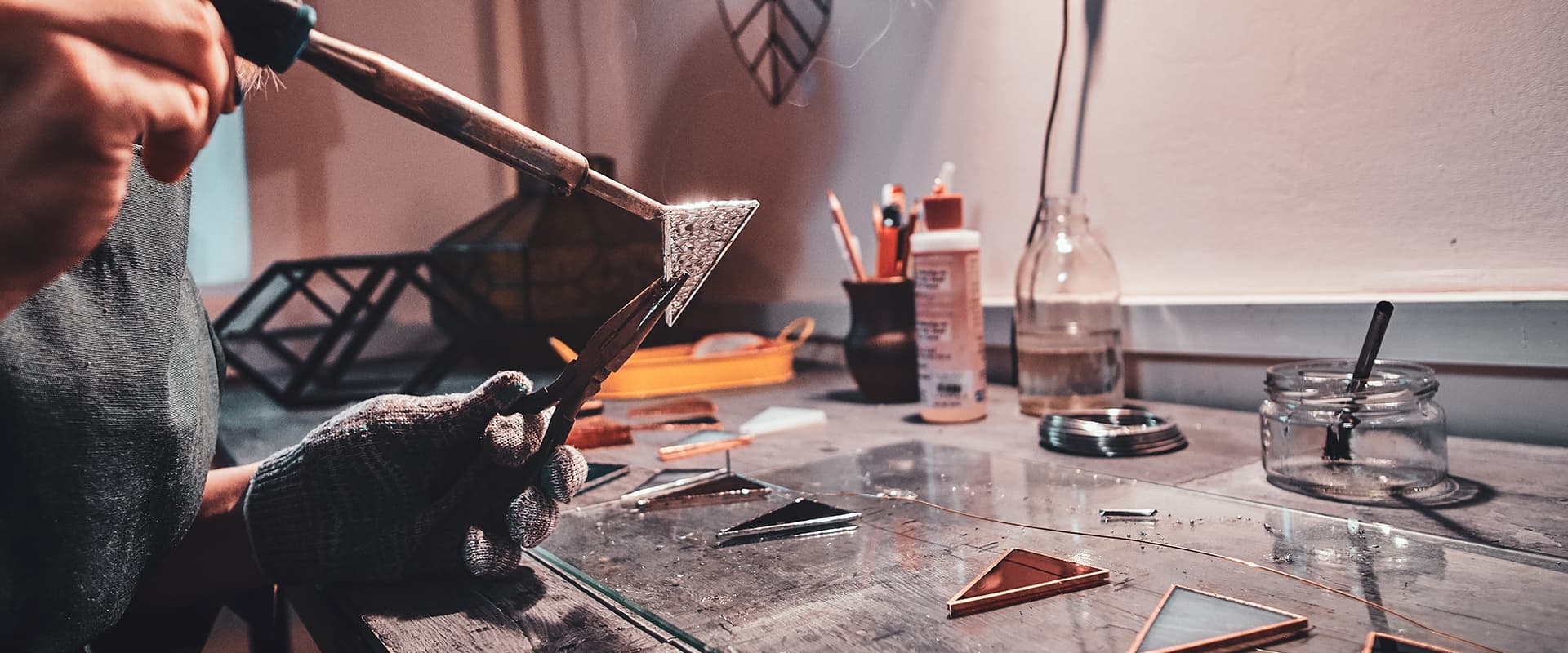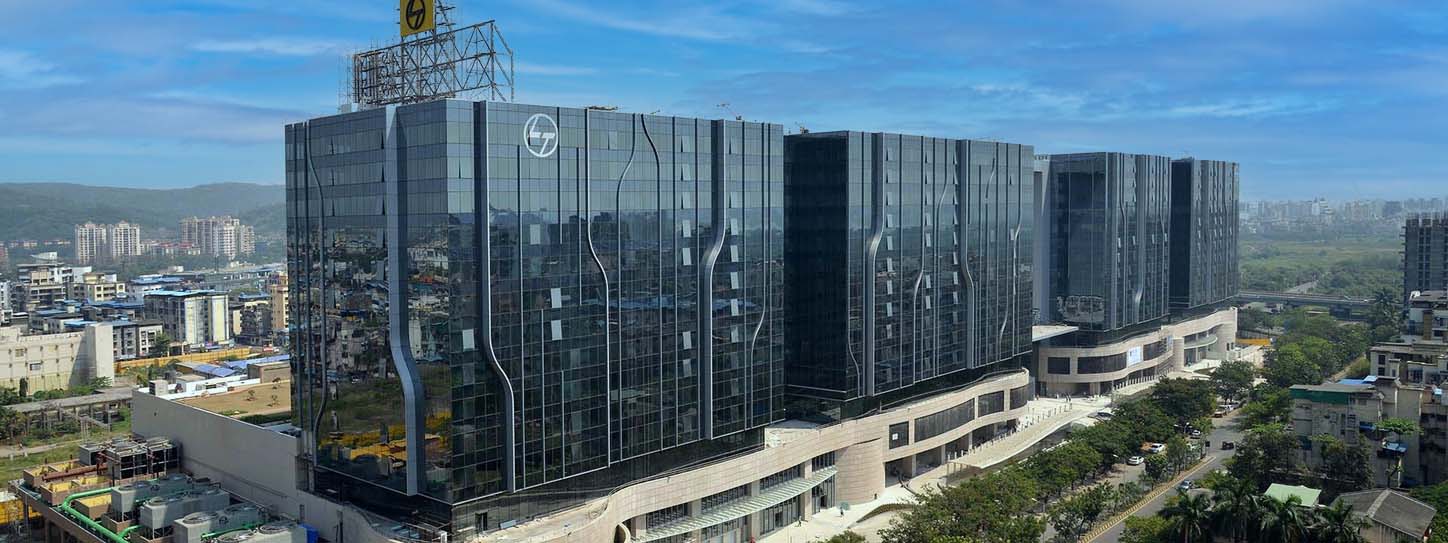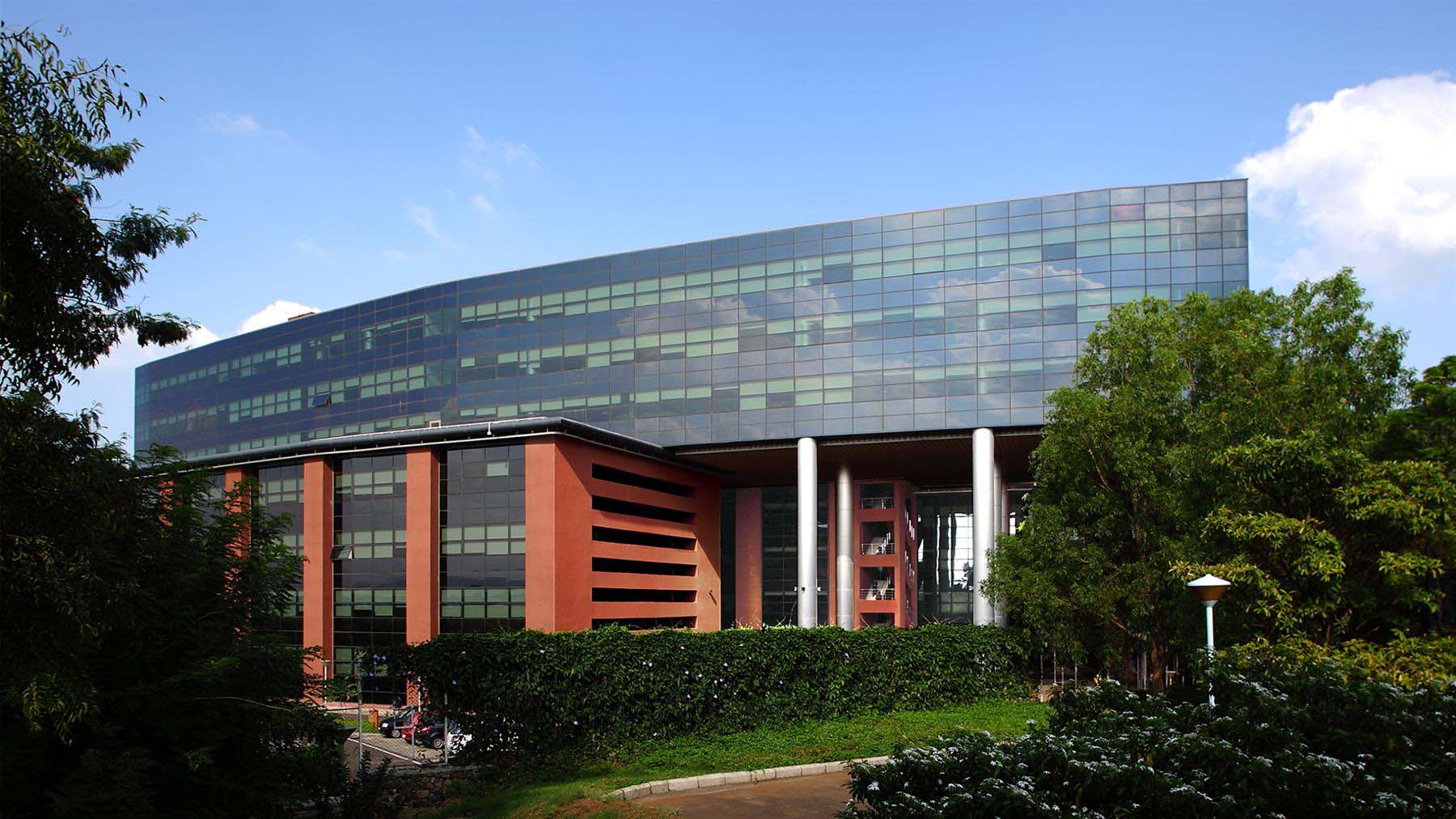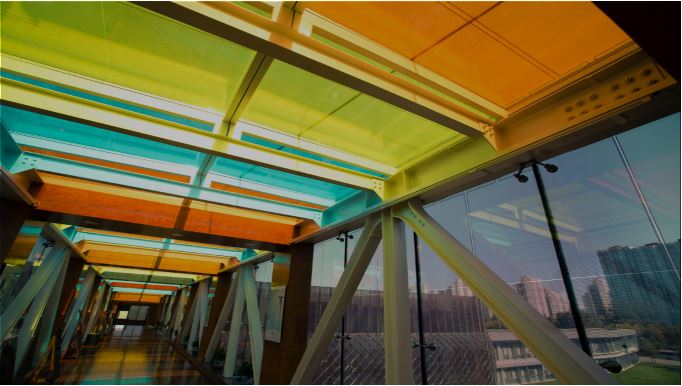The history of glass processing dates back to ancient civilizations, where evidence of glass production has been found in Egyptian, Roman, and Mesopotamian artifacts. The earliest known glass objects were beads and small decorative items, believed to have been produced around 3500 BC.
The ancient Egyptians and Phoenicians were the first to develop glass blowing techniques, allowing for the creation of larger glass objects such as vases and bowls. This revolutionized the glass industry, making glass production more efficient and cost-effective.
During the Roman Empire, glass production reached new heights with the development of glass blowing presses, which allowed for the creation of even larger and more intricate glass objects. The Romans also developed the technique of glass cutting, which allowed for the creation of intricate designs on glass surfaces.
The Middle Ages saw a decline in glass production due to the fall of the Roman Empire and the rise of the Islamic Golden Age. However, with the arrival of the Renaissance and the resurgence of interest in the classical world, glass production once again began to flourish.
The 19th century saw the development of new glass manufacturing technologies, such as the invention of the cylinder and crown glass-making processes. This led to the mass production of glass for use in windows, mirrors, and other everyday items.
In the 20th century, the invention of float glass by the Pilkington Brothers in 1959 revolutionized the glass industry once again. Float glass is made by floating molten glass on a bed of molten metal, creating a smooth and flat surface on one side. This process made the production of large sheets of glass for use in buildings and automobiles much more efficient and cost-effective.
Today, glass production continues to evolve with the development of new technologies such as the use of nanotechnology in the creation of self-cleaning and energy-efficient glass. Glass processing has also become more environmentally friendly, with the use of recycled glass in the production process.
The history of glass processing has seen a continuous evolution over time, from the earliest known glass beads and small decorative items to the large sheets of float glass used in modern buildings and automobiles. With new technologies and a growing focus on sustainability, the future of glass processing looks promising.
How Glass sustainability captures the construction world:
With the development of the blowpipe in the first century AD, glass production became faster and more efficient. This led to the mass production of glass objects, such as bottles and windows.
Glass has also been increasingly used in suitable building design, as it allows for natural light to enter buildings, reducing the need for artificial lighting. Additionally, glass can be recycled and used in the production of new glass, reducing waste and the need for raw materials.
However, the production of glass does have an environmental impact, particularly in terms of energy consumption and greenhouse gas emissions. Efforts are being made to improve the sustainability of glass production, such as using renewable energy sources and recycling waste heat from the manufacturing process.
And the evolution of glass has been closely tied to advances in technology, and the industry continues to work towards more sustainable production methods.
Connect with Team FG Glass to kickstart your upcoming project

You might also like
Feb 21, 2022 by TARIQ KACHWALA
Feb 21, 2022 by TARIQ KACHWALA
Feb 23, 2022 by TARIQ KACHWALA









